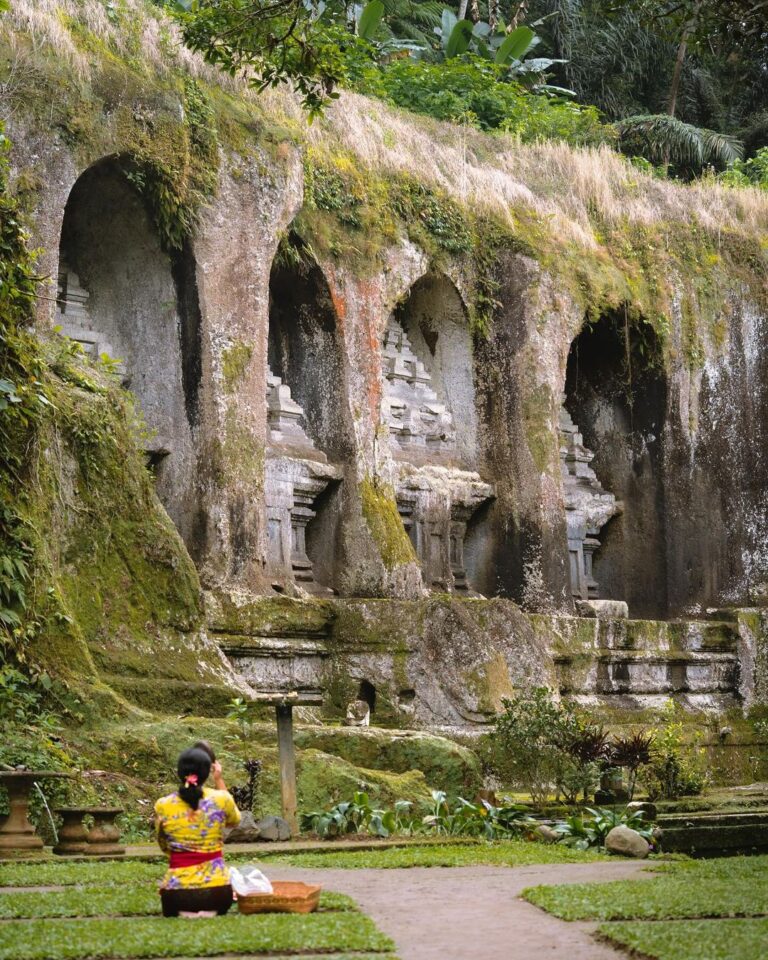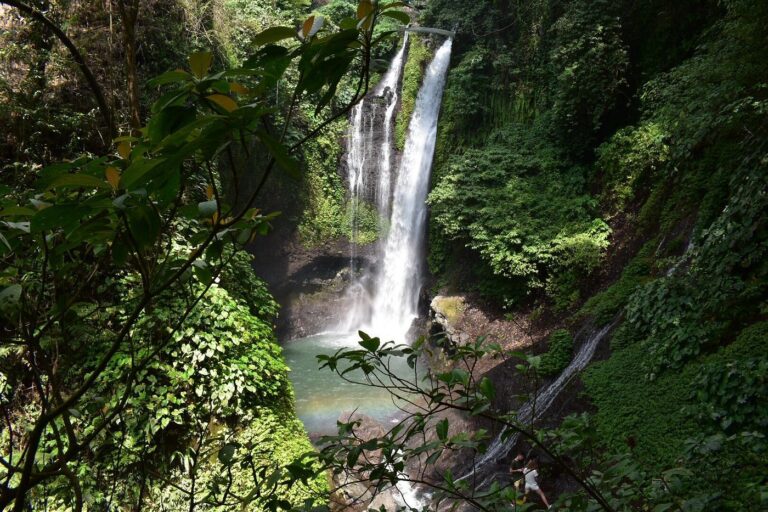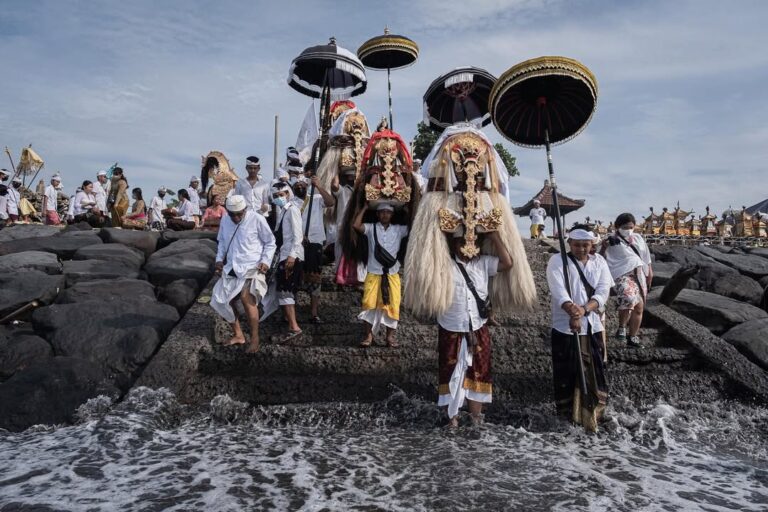In Indonesia, the word “bule” is often heard in conversations about foreigners. But what does it actually mean?
While many assume it refers to all non-Indonesians, “bule” has a more specific meaning—it refers exclusively to Caucasians, particularly those of European descent. Let’s explore the history, etymology, and evolving usage of this term.
The word “bule” originates from the Javanese term “buleh”, meaning “white skin”. Historically, it described animals with albinism, as referred to in the 15th-century Javanese manuscript Tantu Pagelaran refers to “kebo bule”, or white buffalo, due to their pale skin and distinct appearance.
An 1840 book titled “Pembatjaan jang gampang: goena anak-anak midras” noted that people preferred ‘bulei’ (white) buffalo to ‘hitam’ (which is the current Indonesian word for black).
Over time, the term was extended to describe people with similar physical traits: light skin, blonde hair, and often blue eyes.
This explains why “bule” is not a blanket term for all foreigners but rather a descriptor tied to specific physical characteristics.

As Indonesia modernized and globalized, the term “bule” became part of colloquial Indonesian. It is now commonly used to refer to Westerners, especially tourists or expatriates of European descent.
For instance, a German, Australian, or American might be casually called a “bule” in Indonesia, but someone from Japan or Nigeria would not.
In regions like Bali, where tourism thrives, “bule” is used daily, often in a neutral or observational context: “Ada bule di warung tadi” (There was a bule at the shop earlier).
However, it’s worth noting that while the term itself is not inherently derogatory, tone and context can influence how it is perceived.

Misconceptions About “Bule”
The misconception that “bule” refers to all foreigners likely stems from Indonesia’s diverse interactions with tourists and expatriates.
In areas with heavy Western tourist traffic, the term is often used interchangeably with “foreigner” in casual conversation, and native Indonesians are often instigated to use it.
However, this isn’t accurate. For example, an African tourist in Jakarta would not typically be called a “bule”—they might be referred to as “orang asing” (foreign person) or described by their nationality.
Unlike terms like “Laowai” in China or “Gaijin” in Japan, which both mean “foreigner”, this specificity sets “bule” apart from terms like “expat” or “foreigner” in English, which are broader in scope.
Understanding this nuance helps avoid confusion and highlights the cultural and linguistic depth of Indonesian society.

Modern Integration and Usage
Today, “bule” is deeply integrated into modern Indonesian language and culture. It appears in jokes, pop culture, and even social media.
The hashtag #bule is popular on platforms like Instagram, often used to highlight interactions between locals and Westerners or to showcase humorous cultural differences.
In some contexts, “bule” can carry a mix of admiration and amusement, reflecting Indonesia’s historical relationship with the West.
For instance, in marketing, the presence of a “bule” is sometimes used to add a sense of international appeal or credibility.
Language reflects cultural history and social dynamics, and “bule” is no exception. It speaks to Indonesia’s colonial past, its global connections, and its evolving identity in a multicultural world.
By understanding what “bule” truly means, we can better appreciate its place in modern Indonesian discourse and avoid perpetuating misconceptions.
So next time you hear the word “bule,” remember: it’s not just a catch-all term for foreigners—it’s a uniquely Indonesian way of describing a specific group of people with pale skin and Western features.





